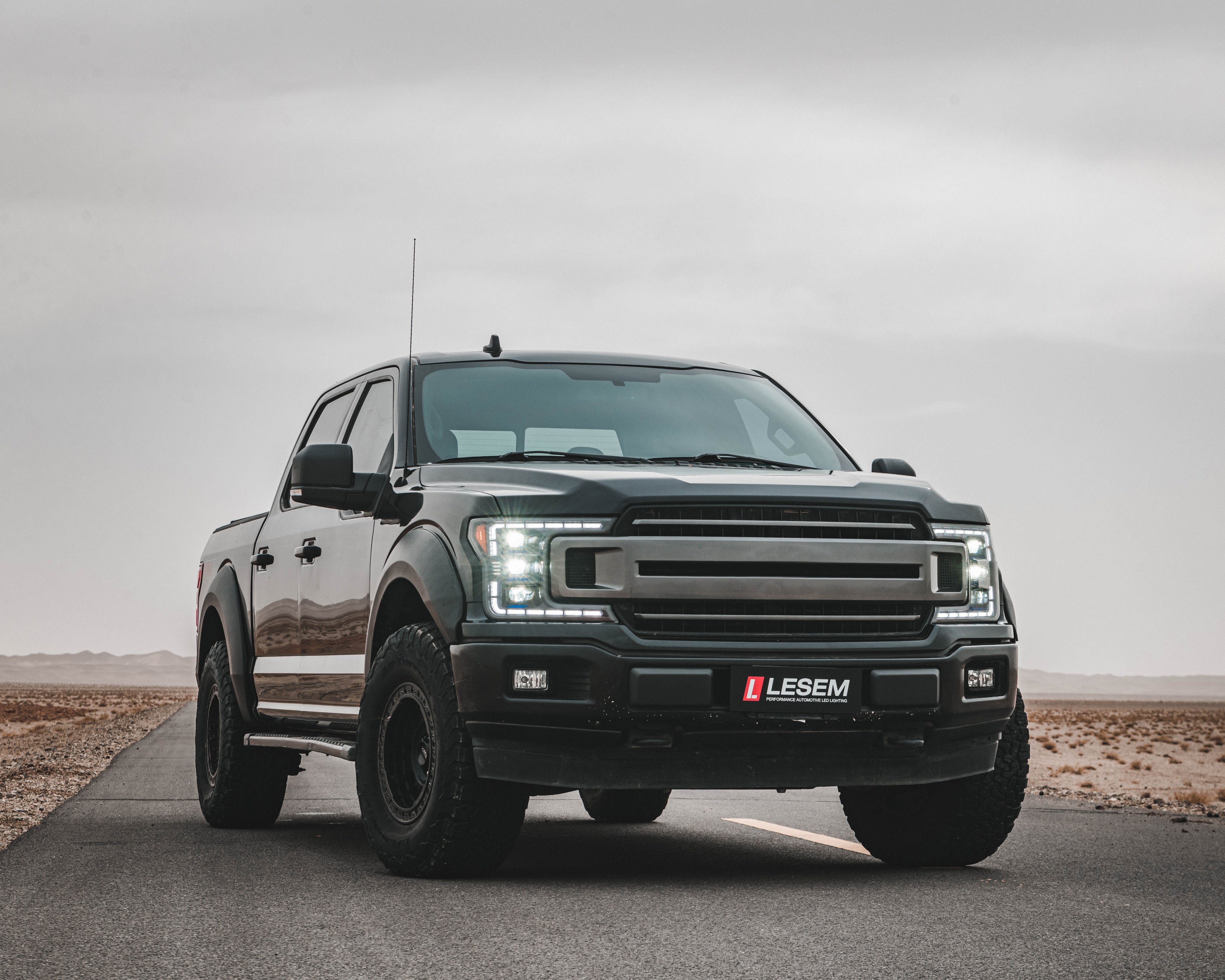
Are LED Headlights Legal in the US? (State-by-State Guide)
LED headlights are increasingly popular for their brightness, energy efficiency, and sleek design. But if you're upgrading your vehicle's lighting system, a common question arises: Are LED headlights legal in the United States? The answer isn't as straightforward as you'd think—it depends on how they're installed and where you live.
In this state-by-state guide, we’ll break down the basics of LED headlight legality and provide key considerations before making the switch.
Are LED Headlights Legal in General?
Yes—but with conditions. In the U.S., headlight legality is governed at the federal level by FMVSS 108 (Federal Motor Vehicle Safety Standards), and at the state level by vehicle codes and inspection standards.
For OEM Vehicles:
- Factory-installed LED headlights in new vehicles are 100% legal. They comply with DOT (Department of Transportation) and SAE standards.
For Aftermarket Upgrades:
- Legal if the entire headlight housing is DOT-approved and designed for LED use.
- Illegal if you simply install LED bulbs into halogen reflector housings without proper optics, as this can cause glare and beam scatter.
⚠️ Key Tip: Always check for DOT/SAE markings on the headlight assembly, not just the bulb.
State-by-State Overview: LED Headlight Laws
Here’s a simplified summary of LED headlight legality across U.S. states. Always double-check with your local DMV for updates.
| State | LED Headlight Status | Notes |
|---|---|---|
| California | ✅ Legal (with DOT housing) | Strict about brightness & color |
| Texas | ✅ Legal | No blue/purple tint allowed |
| Florida | ✅ Legal | Must not impair other drivers |
| New York | ✅ Legal | Requires white/yellow beams only |
| Pennsylvania | ✅ Legal | Must pass annual safety inspection |
| Illinois | ✅ Legal | Must be aimed correctly |
| Washington | ✅ Legal | Reflector conversions discouraged |
| Georgia | ✅ Legal | DOT-compliant housing required |
| Arizona | ✅ Legal | No excessive glare or blue light |
| Michigan | ✅ Legal | Part of safety inspection items |
📌 Note: All 50 states require headlights to emit white or soft yellow light and be properly aimed.
Common Legal Mistakes with LED Headlights
- Plug-and-play LED bulbs in halogen housings: Often result in glare and non-compliant beam patterns.
- Blue/purple LEDs: These are usually illegal unless approved for show or off-road use only.
- Too bright (over 3,000 lumens): May violate local brightness limits.
- Missing DOT/SAE stamp: Without certification, they can fail inspection or lead to fines.
How to Ensure Your LED Headlights Are Legal
- Buy DOT-approved projector headlights made specifically for your vehicle.
- Avoid generic eBay/Amazon bulb kits with no optical testing.
- Choose plug-and-play assemblies designed for LED output, not retrofitted halogen.
- Align headlights properly after installation to avoid blinding other drivers.
LED Headlight Upgrade the Right Way
At LESEM, we provide FMVSS 108-compliant LED projector headlights designed for specific vehicle models like the Ford F-150, Dodge Ram, and GMC Sierra. Our headlights are fully sealed, road-legal, and engineered for safe, brilliant night visibility.
Rest assured, our blue atmosphere light is engineered with safety in mind. The light is intentionally designed to be relatively weak, ensuring that it does not interfere with the functionality of your car's headlights or pose any risk to traffic safety.
👉 Shop DOT-Compliant LED Headlights
Final Thoughts
LED headlights are legal in the U.S.—as long as they meet the right standards. Upgrading to high-performance lighting is a smart move, but doing it the right way ensures compliance, safety, and better visibility.

Leave a comment
Your email address will not be published.